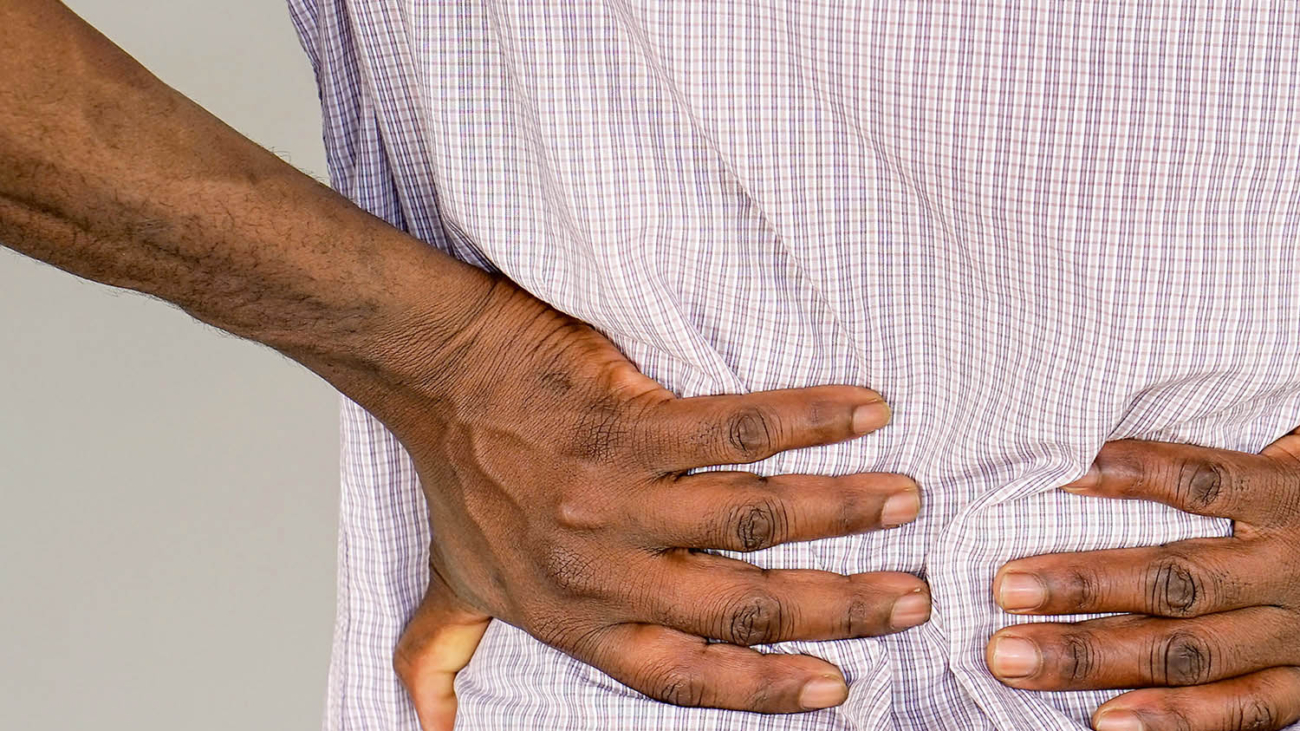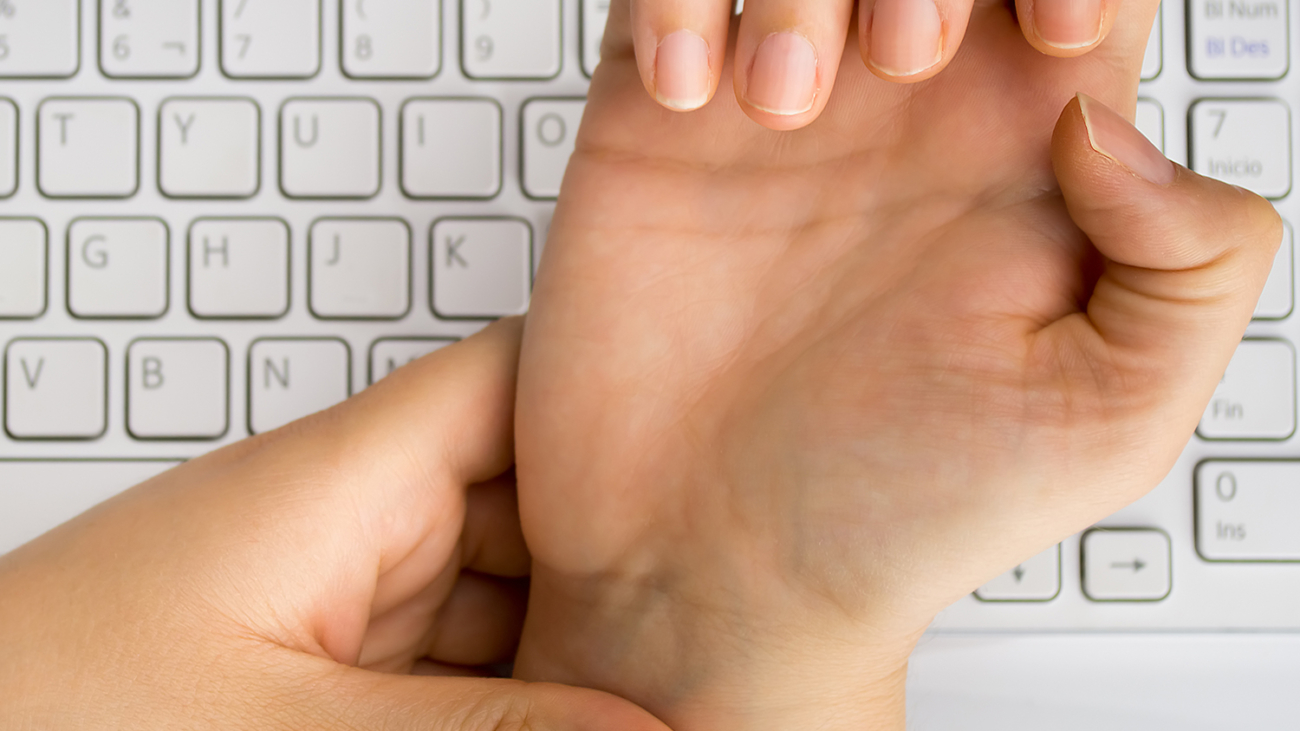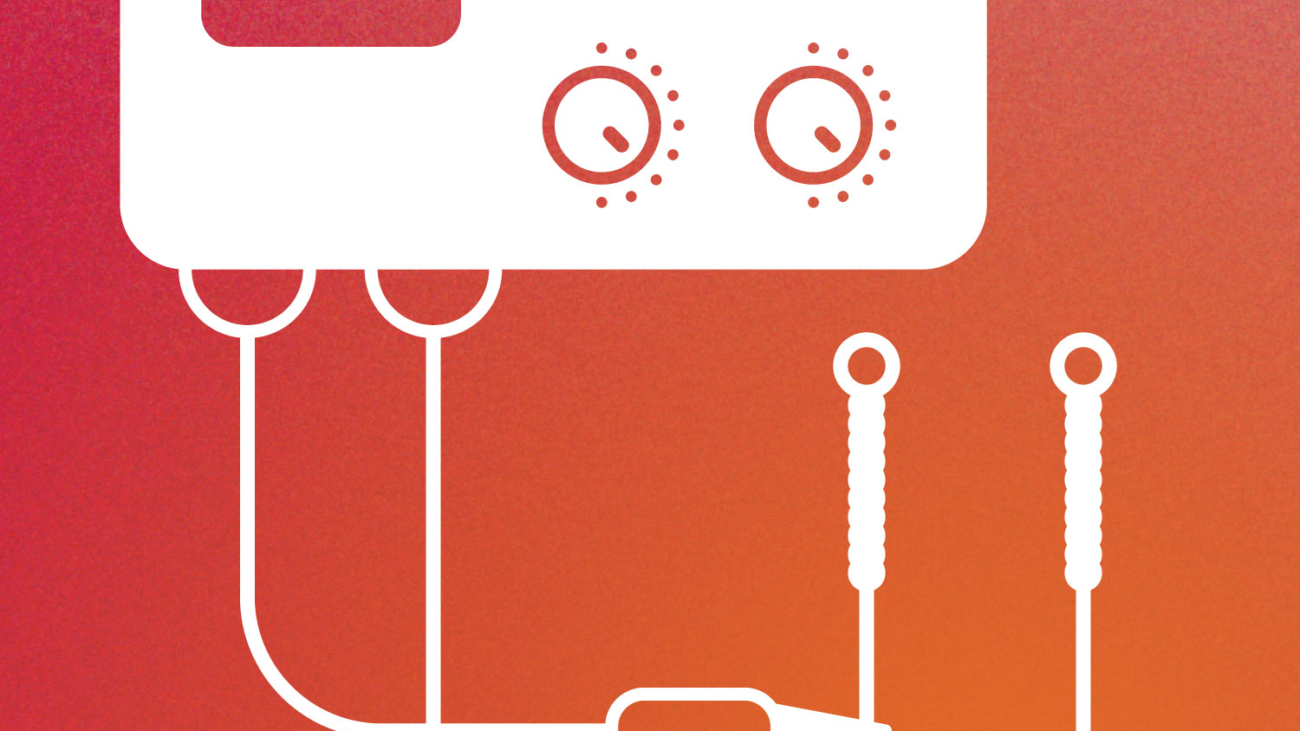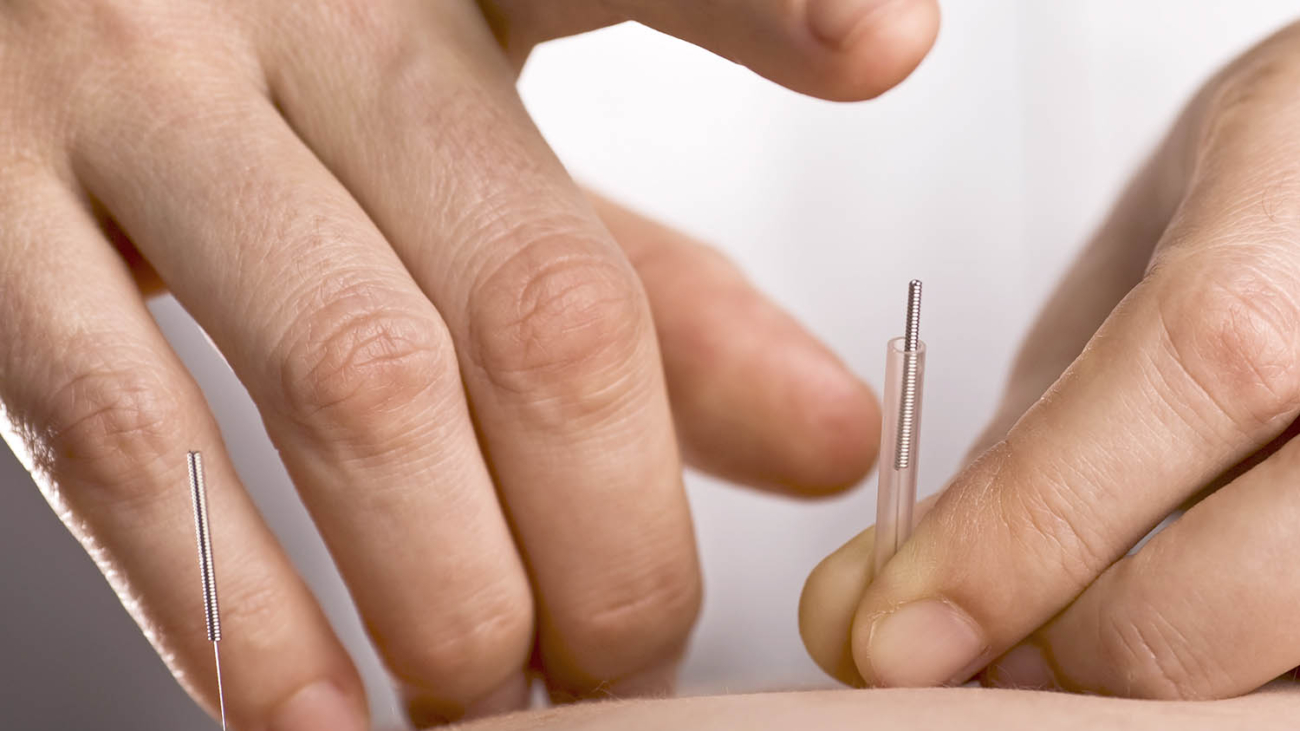Acupuncture for Low-Back Pain
Abstract
Low-back pain affects 84% of the world’s population. At present, no method of treatment can be considered as the method of choice. Acupuncture is effective, scientific, cost-effective, and free from major side-effects. Three illustrative cases, showing the beneficial effects of acupuncture are presented. Attention is drawn to the possible presence of underlying sacroiliac-joint dysfunction, which could masquerade as sciatica, hip pain, and/or groin pain.
Current modern biomedicine concepts include:
- Most LBP is caused by mechanical spinal disorders, which are often self-limited.
- “Red flags” include history of trauma, fever, weight loss, immunosuppression, osteoporosis, long-term use of steroids, a previous cancer diagnosis, intravenous drug use, 70 + age, focal neurologic deficits, an abdominal aorta diameter >5 cm, lower-extremity pulse deficits, meningismus, and severe nocturnal or disabling pain; these cases should be investigated further.
- Abdominal aortic aneurism should be ruled out in elderly patients, even if no physical signs suggest that diagnosis.15
- Normal spinal-cord function should be established by tests of sacral-nerve function (anal wink reflex, rectal tone, bulbocavernosus reflex, motor strength, and knee and ankle reflexes).
- In patients with nonradicular pain, treatment can be started without extensive evaluations.
Recommended biomedical treatments are:
- Acetaminophen or nonsteroidal anti-inflammatory drugs; or, rarely, a short course of opioids
- Physiotherapy stabilization exercises
- A short course of oral steroids
- Epidural corticosteroid injection in intractable cases (this can have serious untoward effects in some cases)
- A short course of muscle relaxants (cyclobenzarpine, methocarbamol, metaxalone, benzodiazepines)
- Spinal mobilization and manipulation.
Acupuncture Relief Carpal Tunnel Pain Via Body and Brain
New research describes how acupuncture may achieve local pain-relieving effects in people with carpal tunnel syndrome (CTS) while also showing effects of the technique in the brain’s pain centers.
Participants received 16 treatments over 8 weeks. The researchers assessed pain and tingling/pricking symptoms at baseline, following therapy, and at 3-month followup via the Boston Carpal Tunnel Syndrome Questionnaire. They also used functional magnetic resonance imaging (fMRI) to identify points in the somatosensory cortex of the brain that correspond to stimulated wrist/ankle points and assessed median sensory nerve conduction latency.
The researchers found that both true and sham acupuncture reduced CTS symptoms, but true acupuncture was superior in improving peripheral and brain neurophysiologic outcomes.
Acupuncture Reduces Systemic Inflammation
New findings published in a recent issue of the journal Neuron suggest that acupuncture stimulation reduces systemic inflammation in intensity-, somatotopy-, and disease state-dependent manners.
The research was supported by the National Center for Complementary and Integrative Health (NCCIH).
Acupuncture: Effectiveness and Safety – NCCIH.NIH
Acupuncture is most commonly used for
-
Pain, such as back, joint pain, neck pain
-
Osteoarthritis
-
Headache and migraine
-
Myofascial Pain Syndrome,
-
Sciatica
-
Postoperative pain
-
Chronic rostatitis/pelvic Pain Syndrome
-
Fibromyalgia
Acupuncture is also used for
-
Seasonal Allergies (Allergic Rhinitis or Hay Fever)
-
Urinary Incontinence
-
Treatment-Related Nausea and Vomiting in Cancer Patients
-
Asthma,
-
Depression,
-
Quitting Smoking
-
Infertility
-
Carpal Tunnel Syndrome
-
Hot Flashes Associated With Menopause




